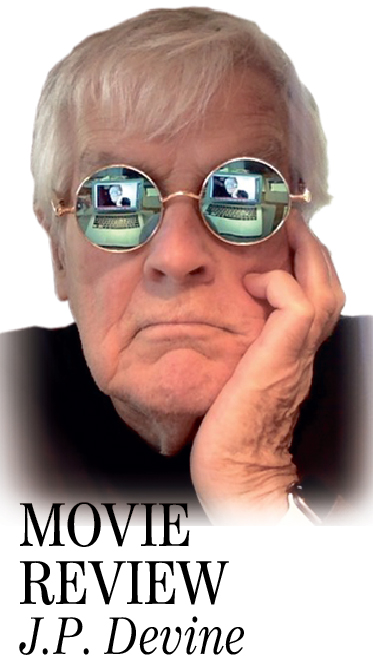Seville, Spain, known worldwide for its culture, monuments, traditions and artistic heritage. The birthplace of flamenco.
Screenwriter Pedro Romero, along with Roberto Butragueño, takes us through colorful neighborhoods here in the magical, mystical land in “Nueve Sevillas.” We become hypnotized and seduced by the city where flamenco flowed in like the rain.
But it is not a travelogue. Romero’s tour shows the human side of the art, performed by ordinary citizens and educated artists alike. It is the blood of Seville, a city in the south of Spain, full of “life and possibilities.”
Our tour of Seville begins in the Plaza de Toros, where a flamenco dancer practices on a box in the amber light of late afternoon. We soon learn that flamenco and bullfighting are joined at the hip here.
In a doorway along a street in Seville, a beautiful, young Afro-Spanish woman, Javeria de la Fuente, shocks us by singing George Gershwin’s “Summer Time,” in English, while dancing a blend of tango and flamenco. It is hypnotizing, and immediately we are hooked.
We cut to an old man leading an old bull by a rope and having a conversation with our singer. They speak of the contribution of African slaves.
Then we are treated to a white hallway, where a guitarist plays as the camera floats though beige and black shadows.
Next we are at 41013 Poligono St., where a group of men of all ages, apparently truck drivers, waiters, laborers of all shapes and sizes, dance the flamenco and sing like Broadway professionals.
It is here we meet Bobote, an amateur historian who talks of tango in Buenos Aires, samba in Rio de Janeiro, Fado in Lisbon, music from Havana, blues from New Orleans, and how “they’re all contemporaneous,” and how it all came together in the back streets in Seville.
Everyone here — waiters, bus drivers, everyone — sings the ancient songs. They stand together on street corners clapping to the rhythms, the Seville of Moors and Jews, Blacks and Gitanos, Italians and Marranos.
“Nueve Sevillas” is a 2 1/2-hour walk with nine Seville natives talking and singing in Spanish, with English subtitles.
I watched the video three times in an effort to correctly identify each participant, and I failed.
I can only advise you sit back and let the music carry you away to a calmer, more romantic dreamscape, where there was no COVID-19 and no war or murder or violence. Just the strumming of Spanish guitars, bubbling of fountains and, in the hot darkness, the beating of lovers’ hearts.
J.P. Devine of Waterville is a former stage and screen actor.
Comments are not available on this story.
Send questions/comments to the editors.



